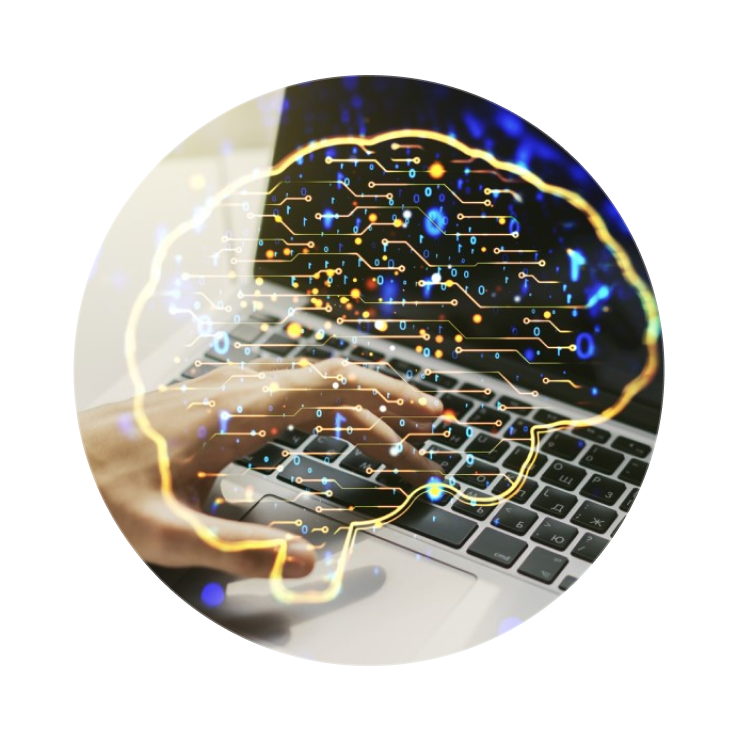Machine Learning (ML) is one of the most exciting and in-demand skills in tech today. If you’re starting your journey and wondering, “How do I practice machine learning problems with Python?” — you’re in the right place.
Python is the go-to language for ML because of its simplicity and the powerful libraries it offers. But to truly get comfortable with machine learning, hands-on practice is key. Here’s a step-by-step guide to help you practice effectively.
1. Learn the Basics of Python and ML Concepts
Before jumping into problems, make sure you understand the foundations:
-
Python essentials: Variables, functions, loops, list comprehensions, and object-oriented programming.
-
Core ML concepts: Supervised vs unsupervised learning, overfitting, model evaluation, etc.
📚 Resources to start:
-
Python: W3Schools, Real Python
-
ML Theory: Andrew Ng’s Machine Learning course on Coursera
2. Set Up Your Environment
To practice ML with Python, set up your development environment:
-
Install Python (preferably 3.8 or above)
-
Use Jupyter Notebook or Google Colab for easy experimentation
-
Install libraries:
These libraries help with data manipulation, building models, and visualization.
3. Use Public Datasets for Practice
Start working with real datasets. Great platforms to find them:
🔍 Popular beginner-friendly datasets:
-
Titanic survival prediction
-
Iris flower classification
-
Boston housing prices
-
MNIST handwritten digits
4. Follow a Structured Approach
When solving ML problems, use a clear workflow:
-
Understand the problem
-
Load and explore the data
-
Clean and preprocess the data
-
Choose a suitable model (e.g., linear regression, decision tree)
-
Train the model
-
Evaluate its performance
-
Improve using tuning or feature engineering
5. Practice on Kaggle Competitions
Kaggle is one of the best platforms to apply your skills in real-world challenges. You can:
-
Work on beginner competitions (like Titanic or House Prices)
-
Learn from others’ notebooks
-
Engage with the community
Bonus: Kaggle has “micro-courses” on ML and Python.
6. Build Mini Projects
Applying ML to personal or mini projects reinforces your knowledge. Ideas include:
-
Predicting movie ratings
-
Spam email classifier
-
Stock price movement prediction
-
Sentiment analysis on tweets
Use GitHub to showcase your projects — it also helps in job applications.
7. Explore Scikit-learn and Beyond
Start with Scikit-learn, which is great for classic ML models like:
-
Logistic Regression
-
Random Forest
-
Support Vector Machines (SVM)
Once you’re comfortable, try:
-
TensorFlow or PyTorch for deep learning
-
XGBoost and LightGBM for advanced models

